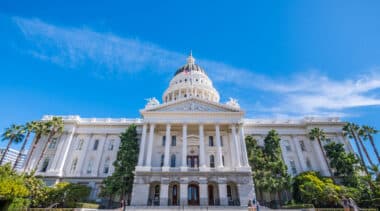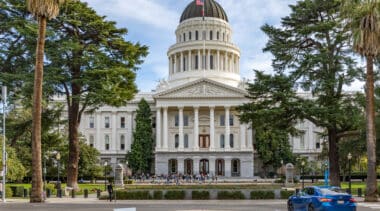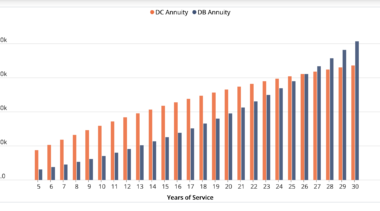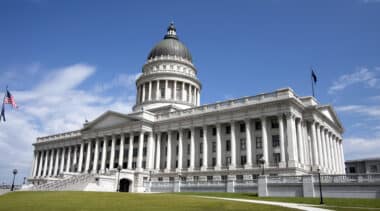Swaroop is a quantitative analyst at Reason Foundation's Pension Integrity Project.
At Reason, Swaroop has contributed to in-depth analysis of the Montana MPERS and Montana TRS pension systems.
Prior to joining Reason, Bhagavatula gained a wide variety of exposure to credit risk and data analytics from being a risk analyst at Shell, an energy analyst at McKinsey, and working in structured finance at Moody’s.
Swaroop holds a bachelor's of science in chemical engineering and a minor in economics from the University of Illinois at Chicago.
-
California fossil fuel pension divestment bill stopped, for now
Fiduciary duty is the only thing pension funds should be considering when picking investments.
-
California legislature shouldn’t politicize or micromanage public pension investments
CalPERS and CalSTRS must be allowed to focus on their mission of fulfilling the retirement benefits promised to workers.
-
Comparing Alaska’s defined benefit and defined contribution retirement plans
Most of Alaska’s public employees would be better served in the existing defined contribution plan.
-
Chicago wants to open a casino to help pay down its public pension debt
Pursuing inadequate solutions with highly politicized taxes or through a brand-new casino is a futile way to dodge the city’s public pension debt and fiscal challenges head-on.
-
FTX collapse is a reminder that public pension systems should avoid high-risk investments
The recent bankruptcy of FTX sparks important questions about the exposure of public pension funds—and taxpayers—to cryptocurrencies.
-
The UK’s margin call offers warning signs for public pension funds in the US
American policymakers can derive an important lesson from the current pension challenges in the United Kingdom.
-
Examining the populations best served by defined benefit and defined contribution plans
The claim that a defined benefit plan is more efficient than a defined contribution plan, purely on a basis of cost, overlooks a larger and more meaningful perspective regarding benefit distribution.
-
NIRS’ assessment of the retirement efficiency gap leaves out some key details
This analysis misses some key facts.
-
S&P Global’s annual pension report projects an uncertain future for pension funds
Market experts are warning that factors such as inflation, rising interest rates, and slower payroll growth could derail public pension systems' funding progress.
-
Comparing how much states contribute to public workers’ defined contribution retirement plans
Government employers should ensure their contributions to employees' defined contribution retirement plan are in line with industry best practices.
-
The Texas teacher pension system makes investment in risky special purpose acquisition company
SPACs are a high risk, high reward investment and can threaten a pension funds ability to pay promised benefits.
-
Maryland could pay down some state pension debt by leasing BWI Airport
Long-term airport leases can improve the quality of airport services and provide additional revenue for governments.
-
Maryland State Retirement Pension System lowers investment return assumption, but more reforms are needed
MSPRS should consider lowering its assumed rate of return even lower than 6.8% to align with market projections.
-
What U.S. pension plans can learn from Canadian pension funds
Canada's federal and provincial public pension plans tend to be much better funded than U.S. state and local pensions.
-
How Population Changes Impact Public Pension Funds
States with declining populations need to make changes to their pension plans to avoid accruing even more public pension debt.
-
Should Public Pension Funds Be Investing In Cryptocurrency?
It’s not wise for public pension funds and taxpayers to be exposed to such financial risk.
-
Montana Public Employee Retirement System (MPERS) Pension Solvency Analysis
The Montana Public Employee Retirement System public pension plan is only 74 percent funded.


















